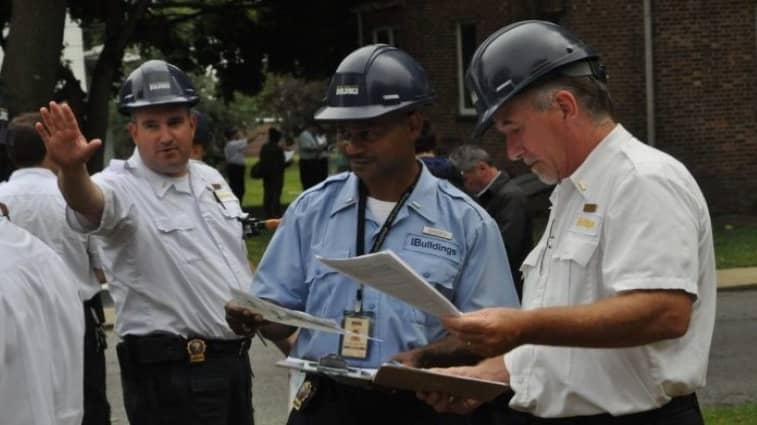
LL114 of 2019: Truth and Consequences
LL114 of 2019 increases penalties for false PW1 statements on occupancy.
It need not be stated that when it comes to DOB paperwork that honesty is the best policy. But in one particular case, it has become even more important to check and double check the accuracy of your paperwork.
Under Local Law 114 of 2019, as of August 5, 2020, the DOB can block initial work permits for multiple dwellings if issued a summons for either:
- Submitting a false statement on the Plan/Work Application (PW1) regarding building occupancy status (Section 26), or
- For performing Work Without a Permit while the building was occupied.
This means that if you received a summons for one of these infractions on or after December 5, 2019 (LL114/19’s effective date), you won’t be able to get any permits approved or construction done for at least a full year from the issuance of the summons, since your building will be flagged in BIS.
Why the Change?
This change comes as a result of multiple reports of owners and landlords in New York City lying on their permit applications to omit occupants in order to get out of providing a Tenant Protection Plan and exploit a legal loophole that deregulates rent-controlled apartments if the tenants leave. This was linked to a rash of tenant harassment, forcing renters to flee unsafe conditions, and a loss of 152,000 affordable housing units throughout the city since 1993.
(In short, a massive real-life “Scooby-Doo” Hoax without the fake monsters or meddling kids.)
How to Get Restriction Removed
Of course, while the law is designed to catch unscrupulous characters and protect tenants and affordable housing, it’s entirely possible to get flagged by mistake. You can get the one-year permit restriction revoked if the Office of Administrative Trials and Hearings (OATH) dismisses the summons, and you can still apply for a permit by submitting a Local Law 114 of 2019 Request for Exception to Permit Denial form and indicating one or more of the following exceptions applies:
- “The summons that resulted in the permit restriction was not based on a false statement about the occupancy status of the building in an application for construction document approval.
- “The building was not occupied when the work without a permit that resulted in the restriction was performed.
- “The requested permit is for work to be performed in a dwelling unit that is owned as a condominium or held by a shareholder of a cooperative corporation under a proprietary lease.
- “The issuance of the requested permit is necessary in order to correct an outstanding violation of the Construction Code, the Housing Maintenance Code or any other applicable law or rule.
- “The issuance of the permit is necessary in order to perform work to protect public health and safety. (Documentation, including dated color photographs must be submitted.)
- “The permit is for work to be performed on a portion of the property that is occupied by a tenant who is not an owner of the property or responsible for any existing violations in the property.
- “The property was the subject of an in-rem foreclosure judgment in favor of the City and was transferred by the City to a third party pursuant to section 11-412.1 of the Administrative Code. (Documentation must be submitted.)
- “The property is the subject of a court order appointing an administrator pursuant to article 7-a of the Real Property Actions and Proceedings Law in a case brought by the HPD. (HPD documentation must be submitted.)
- “The property is the subject of a loan provided by or through HPD or the New York City Housing Development Corporation (HDC) for the purpose of rehabilitation that has closed within the preceding five years. (HPD or HDC documentation must be submitted.)
- “The permit is required in connection with the implementation of an HPD or HDC program. (HPD or HDC documentation must be submitted.)”
Of course, the best way for building managers to avoid running into this issue altogether is to check that the occupancy status of your building is accurately represented in Section 26 of the PW1 form.
If your building has been flagged or if you need help with any and all forms and paperwork, Outsource Consultants is happy to help you figure out how to move forward with your projects.
Resources








